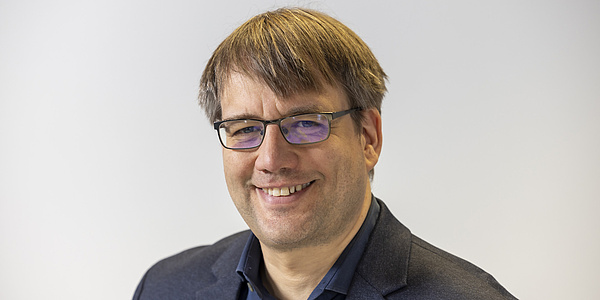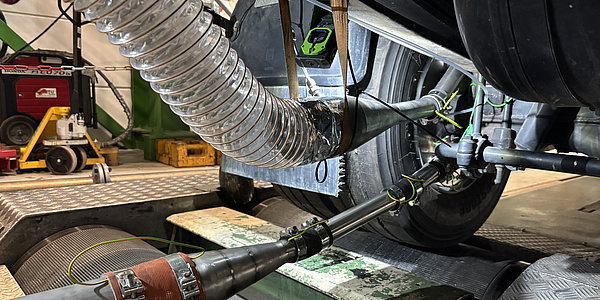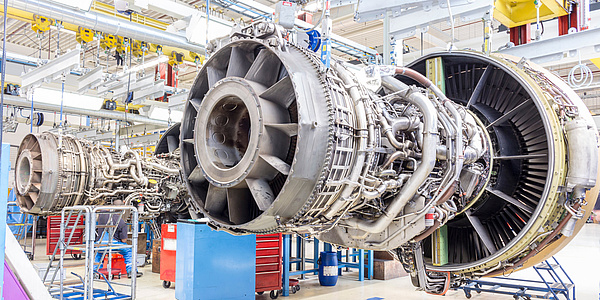Open the Flap and Recharge
![[Translate to Englisch:]](https://www.tugraz.at/fileadmin/_processed_/5/0/csm_laderoboter-by-frankl-tugraz_bca993b5ae.jpg)
TU Graz has been carrying out research on autonomous robots that can independently “refuel” electrically powered vehicles for several years now. In 2018, the prototype of a robot-controlled CCS fast-charging system was presented, which for the first time managed the independent charging of vehicles in different parking positions.
You can find the article from 2018 under “Robots as ‘pump attendants’: TU Graz develops robot-controlled rapid charging system for e-vehicles”.
Three years later, a further development was presented. Namely, a fully autonomous, mobile charging robot that could navigate the way to a parked vehicle and charge it.
The article from 2021, including a video of the refuelling process, can be found under “The mobile robot that charges the e-car”.
The goal was the same then as it is now. In order for electric mobility to really become widespread, the complex and lengthy charging process must be optimised. Robots should be able to solve this problem and complete the charging process without the help of the vehicle user. A basic condition is that the system should work for all commercially available vehicles which do not require any adaptations.
Another evolutionary step for the robotic pump attendant
Since 2021, researchers at the Institute of Automotive Engineering have taken a major step forward and further developed the charging robot. With an additional challenge. The car to be charged does not assist in the refuelling process, for example it does not open the cover of the charging socket or remove protective covers. This was not taken into account in previous developments, explains Mario Hirz, the professor behind the project: “The previous robots could not open the tank flaps or other safety covers. These steps were previously carried out manually or partly by the car itself. With our development, which is now patent pending, the entire loading process is completely automated by the robot.”
At the start of the project, five types of car were defined on which the system was to work: several BMW vehicles, a VW, a Renault and a Hyundai. “The biggest challenge was image recognition,” explains Stefan Lippitsch, whose doctoral thesis made the development step possible. The charging system consists of a robot arm on a moving platform and uses a camera system to recognise objects. “The system had to identify the type of car, locate and operate the charging flap and any safety covers, and align the charging plug perfectly.” And that is precision work. The position of the charging socket must be determined with an accuracy of fewer than a millimetre and a maximum angular deviation of approximately half a degree to enable a successful charging process. In extensive live tests, the system has worked. The opening of the covers, the charging process and the final closing of all flaps and lids.
In addition to image recognition, Lippitsch also focused on the functional safety of the system. He implemented the measures necessary for safe operation and scheduled regular safety analyses.
Open the flap and take safety mechanisms into account
“Our current system is much closer to real-life use than anything that has gone before,” says a delighted Mario Hirz. The ball is now in the industrial companies’ court to bring the system to market maturity.
The researchers are already looking to the scientific future and can imagine further projects on the charging robot: “In this project, we worked with five predefined vehicle types. Another very important evolutionary step would be if the robot could independently deal with previously unknown vehicle types and learn the necessary steps for a charging process.” This is to be made possible through the use of artificial intelligence - the next research topics are already being planned.
This research project is anchored in the Field of Expertise Field of Expertise „Mobility & Production“, one of five strategic focus areas at TU Graz.
You can find more research news on Planet research. You can receive monthly updates from the world of science at TU Graz via the research newsletter TU Graz research monthly.
Kontakt
Mario HIRZ
Assoc.Prof. Dipl.-Ing. Dr.techn.
Institute of Automotive Engineering
Inffeldgasse 11/II
8010 Graz
Phone: +43 316 873 35220
mario.hirz@tugraz.at




